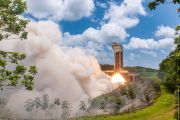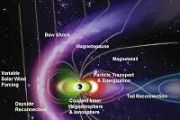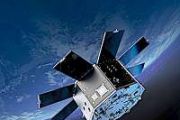
Copernical Team
NASA pushes Boeing Starliner return meeting to at least next week
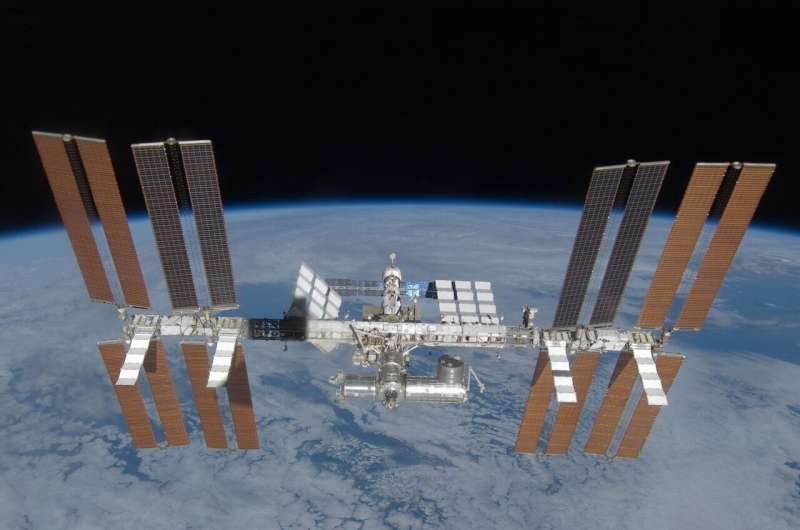
Despite NASA officials last week stating a return readiness review might happen this week for Boeing's Starliner, teams instead continue to go over data for the spacecraft before any decision on its departure from the International Space Station.
NASA astronauts Butch Wilmore and Suni Williams await the decision of whether or not they will be able to climb back aboard the spacecraft for its return to Earth to complete the Crew Flight Test mission. That readiness review was pushed to next week at the earliest, according to an update from NASA.
The duo launched aboard Starliner atop a United Launch Alliance Atlas V rocket from Cape Canaveral Space Force Station back on June 5 for what was originally planned to be about an eight-day mission to the ISS. On their way to a June 6 docking, though, the spacecraft suffered failures on five of its 28 reaction control thrusters as well as several helium leaks in the service module that houses the thrusters.
NASA and Boeing decided to perform ground tests on a similar thruster to mimic conditions on the flight up and what the thrusters would face on the way back down to Earth as well as using a former service module that was never launched to figure out the likely reason behind the helium leaks.
SpaceX lines up next 2 Space Coast launches on Friday and Saturday
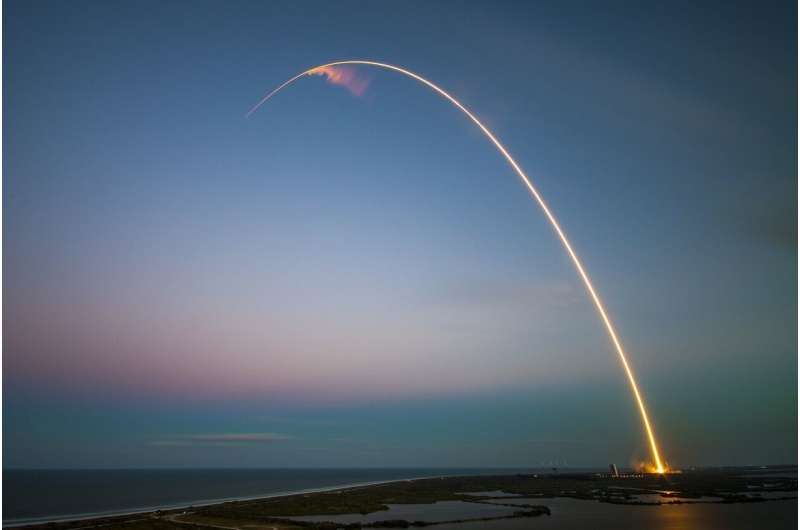
SpaceX shot up three Falcon 9 rockets from three launch pads last weekend once the Federal Aviation Administration gave its grounded rocket the OK to return to flight. Now it's set to go another round.
First up is a Falcon 9 launch of 23 more Starlink satellites from Kennedy Space Center's Launch Pad 39-A during a four-hour window that opens at 12:19 a.m. Eastern Time August 2. Backup options fall to early August 3 starting at 12:19 a.m.
Space Launch Delta 45's weather squadron forecasts a 95% chance of favorable conditions, which drops to 80% in the event of a 24-hour delay.
The first-stage booster for the mission is making its 12th flight and will attempt a recovery landing downrange in the Atlantic Ocean on board the droneship A Shortfall of Gravitas.
The launch would be the 54th from the Space Coast for the year and 50th for SpaceX with United Launch Alliance responsible for the other four.
SpaceX's record pace was slowed for a couple of weeks in July after an issue with the Falcon 9's upper stage during a launch from California that was tracked to a liquid oxygen leak blamed on a sense line connected to a supply tank.
Experiment on photosynthesis is heading to the space station to explore effects of microgravity
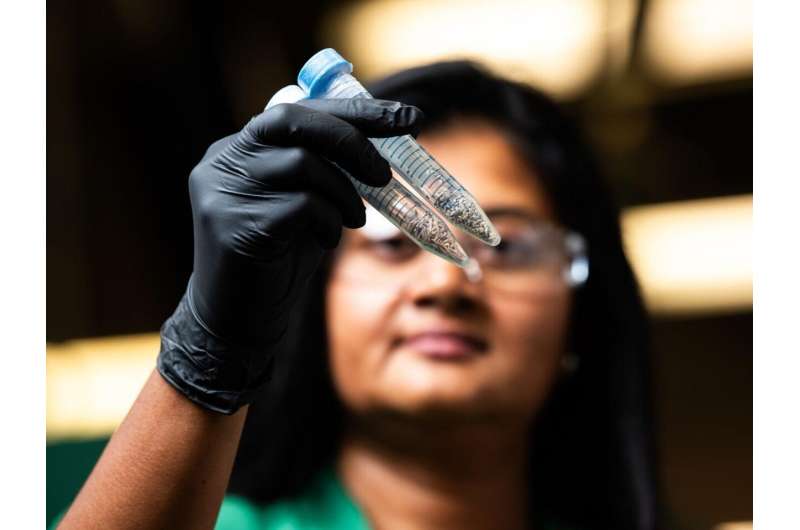
An experiment aimed at learning more about how plants grow in space will be aboard a National Aeronautics and Space Administration launch in early August from the Cape Canaveral Space Force Station in Florida.
A Northrop Grumman Cygnus spacecraft perched atop a SpaceX Falcon 9 rocket will carry the plants to the orbiting laboratory, where astronauts will tend to them before the plants are returned to Earth.
The experiment created by scientists at the Department of Energy's Pacific Northwest National Laboratory will look at how two different types of grass grow on the space station. A PNNL team led by biologist Pubudu Handakumbura designed the experiment and will compare the results from space to identical plants being grown at the Kennedy Space Center.
Falcon 9 rocket blasts off with Cygnus freighter for space station
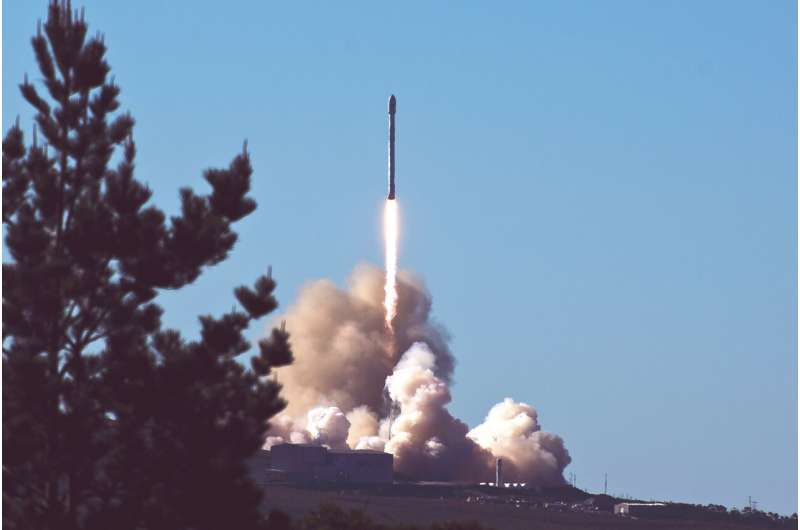
A Falcon 9 rocket with a Cygnus supply freighter blasted off on a mission to the International Space Station on August 4, just a few days after a two-week break due to launch problems.
The freighter took off from Cape Canaveral Space Launch Complex in Florida and was broadcast online by NASA.
The flight is carrying instruments and cargo for water recovery and stem cell research in zero gravity experiments at the ISS.
It is expected to take around 40 hours for the Cygnus freighter to dock with the orbiting space station.
The U.S. Federal Aviation Administration (FAA) had suspended launches of private space company SpaceX's Falcon 9 rockets for around two weeks from July 11 due to problems with the ignition of a second propulsion stage.
Sunday's launch was the 21st supply flight of a Cygnus freighter to the ISS.
The freighter is manufactured by Northrop Grumman, which is also a private company.
2024 dpa GmbH. Distributed by Tribune Content Agency, LLC.
A tower on the moon could provide astronauts with light, power and guidance

Technologies for enabling NASA's Artemis mission are coming thick and fast, as plenty of problems must be solved before a permanent human presence on the moon can be established. A novel idea from Honeybee Robotics, one of the most prominent space technology companies now owned by Blue Origin, could solve plenty of them with one piece of infrastructure.
The Lunar Utility Navigation with Advanced Remote Sensing and Autonomous Beaming for Energy Redistribution, or LUNARSABER (which must have been named by someone who really likes Star Wars), is a 100 m tall pole that can hold 1 ton of equipment on top of it. It could serve as a central power, communications, and lighting hub of an Artemis base and part of a mesh network with other places of interest on the Lunar surface.
SpaceX knocks out company's 50th Space Coast launch of the year

SpaceX shot up three Falcon 9 rockets from three launch pads last weekend once the Federal Aviation Administration gave its grounded rocket the OK to return to flight. Now it's set to go another round.
First up was a Falcon 9 launch of 23 more Starlink satellites from Kennedy Space Center's Launch Pad 39-A at 1:01 a.m. on what was SpaceX's 50th launch from the Space Coast for 2024.
The first-stage booster for the mission made its 12th flight with another recovery landing downrange in the Atlantic Ocean on board the droneship A Shortfall of Gravitas.
The launch was the 54th from all launch providers on the Space Coast with United Launch Alliance responsible for the other four.
The workhorse Falcon 9 has been tapped for 49 of SpaceX's 50 launches, while the year has had one lone Falcon Heavy liftoff so far.
SpaceX's record pace was slowed for a couple of weeks in July after an issue with the Falcon 9's upper stage during a launch from California that was tracked to a liquid oxygen leak blamed on a sense line connected to a supply tank.
China launches rocket carrying new constellation of satellites

NASA's Artemis emergency egress system emphasizes crew safety

NASA delays next crew launch to buy more time at the space station for Boeing's troubled capsule

NASA is delaying its next astronaut launch to buy more time at the International Space Station for Boeing's troubled new crew capsule.
Study finds discrepancies between intended and actual use of certain areas aboard the International Space Station

An archaeological strategy adapted for space used daily photos to reveal how astronauts actually use areas aboard the International Space Station—and how this differs from intended uses.











